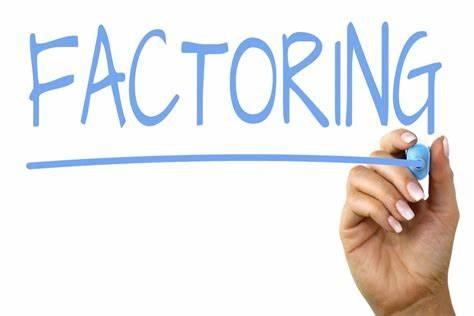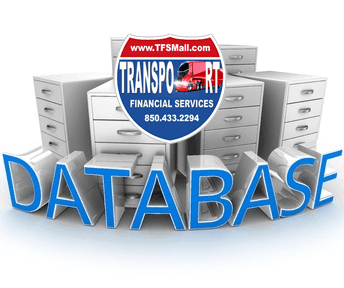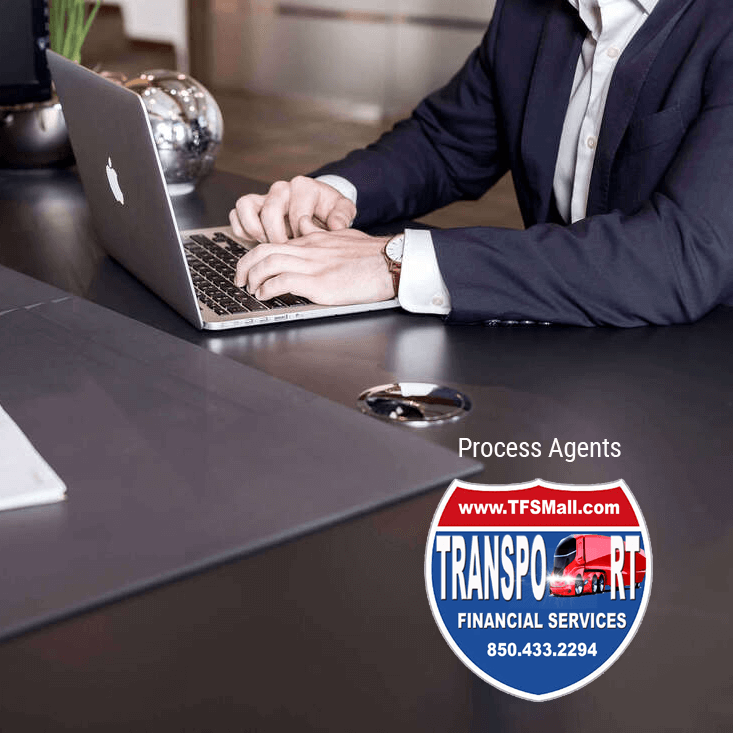LONG BEACH, Calif. — Politicians in Washington agree on the dire need to modernize the ports, railroads and highways in the United States, but the “how do we pay for it” question sparks a debate between Democrats and Republicans.
At the Intermodal Association of North American exposition here, stakeholders discussed two funding ideas that are already the buzz on Capitol Hill: taxes and public-private partnerships.
“Our funding stream for infrastructure, especially freight movement, needs tremendous help. What we’ve relied upon primarily, the gas tax, is a nonsustainable funding stream. It will decrease as we go forward with better efficiency and less reliance on gas,” Rep. Alan Lowenthal (D-Calif.), co-chair of the Ports Caucus, told members of the expo late last month. “Right now, [lawmakers] are laying out the parameters. But we haven’t dealt with the 800-pound gorilla of how we’re going to pay for all of this with sustainable funding streams.”
The federal tax on diesel is 24.4 cents a gallon. For gasoline, it’s 18.4 cents per gallon.
In June, Lowenthal introduced House Resolution 3001 — The National Multimodal and Sustainable Freight Infrastructure Act — that would institute a new 1% ground transportation tax on freight transportation on railroads or in Class 7 and Class 8 trucks. Lowenthal believes the funding stream would be more stable than the gas tax.
“We already have it on air transportation, but we don’t have that kind of thing on surface transportation. The U.S. Department of Transportation estimates it would raise a minimum of $8 billion annually,” he said.
On public-private partnerships, or P3s, there was a skepticism that the idea should be used as frequently as President Donald Trump would prefer.
“I don’t think there should be this blatant, overall, ‘let’s do P3s for the sake of doing P3s’ mentality. In certain contexts, it might not be the most efficient way to deliver a project,” said Shant Boyajian, attorney in the infrastructure group of Washington, D.C., law firm Nossaman. “Every public agency should think when doing a project what’s the most efficient way to actually deliver it and maximize the value of money.”
Lowenthal added that while public-private partnerships make sense in some cases for urban infrastructure projects, they don’t make sense in the rural areas.
When revamping the nation’s infrastructure Jones Lang LaSalle economist Walter Kemmsies noted that the design should focus on a transportation network designed for imports and exports. He argued that when the national highway system was originally built, it was prioritized towards importing based on economic conditions after World War II.
“The problem is we’ve succeeded. We have a growing global middle class, but our industries do not get access to those markets,” he said. “If we’re to rebuild our infrastructure to support our exports, that’s where the employment and wage growth comes from. Does the U.S. produce what the global consumers are buying? Yes. But are we supplying the global customer? Increasingly, no. The world market is where we’ll get our best return on investment.”







